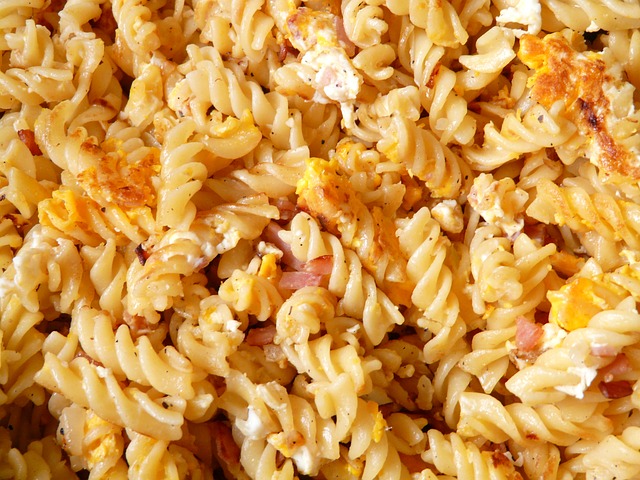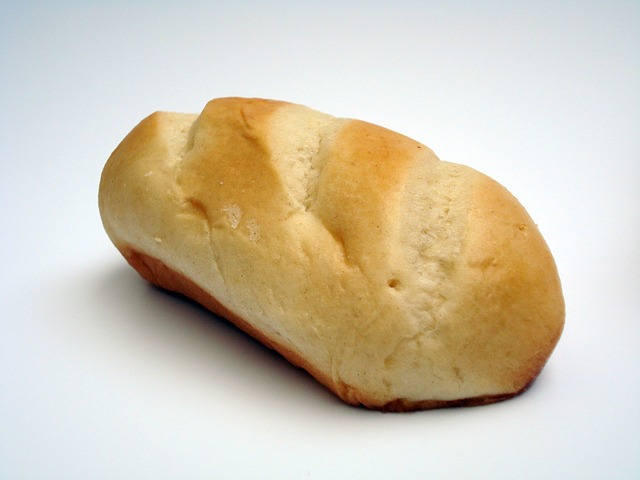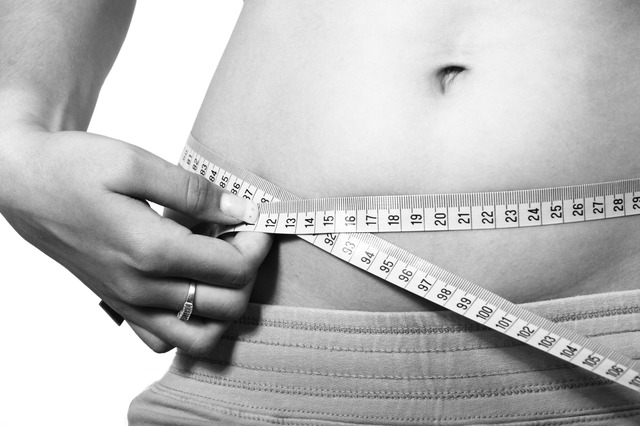What are the benefits of a carbohydrate free/reduced diet?
Thanks to great authors like Tim Noakes and Tim Ferriss, people are generally aware of the fact that heavy carbohydrate diets don’t work for weight loss or pretty much any other reason. One of the first pieces of advice given by paleo and primal advocates when asked about weight management and healthy lifestyle tips is that a person should decrease their carbohydrate intake.

What is wrong with carbohydrates?
Carbohydrates themselves aren’t an enemy of the body, they are required on some level for bodily function. However, conventional wisdom overstates the body’s requirement for them by a massive, massive amount.
Most people who eat carbohydrate rich diets are overweight. Because these people eat carbohydrates on a daily basis, if not multiple times of day and perhaps even carbohydrates of poor, highly processed quality, their bodies are caught in a “fat creation express” mode.
In order for people to really lose weight and increase their overall level of health, carbohydrate intake control measures should be put in place. People who will benefit the most from a carbohydrate controlled diet are those who are already suffering from some sort of state of metabolic unbalance.
People who are diabetic or who show pre-diabetic indicators are prime candidates for reducing their carbohydrate intake in order to regain health. That doesn’t limit a carb-restricted diet’s effectiveness to only those people with “real” issues, anyone would benefit from some reduction in consumption.
In a generally overweight person who eats according to a high-carbohydrate, western style diet (or nearly any “modern” diet), the following is probably occurring inside their bodies after they eat a meal with moderate carbohydrate content:
(Because many overweight people have some level of insulin resistance and so the effects below are compounded)
- Insulin is released into the blood to deal with the increase in blood glucose. However, because of insulin sensitivity, the blood cells resist the absorption of all the glucose present in the blood.
- Because not much glucose is being absorbed by the blood cells, blood sugar levels spike and the pancreas reacts by releasing even more insulin into the blood.
- As a “side effect”, the massive amount of insulin now present in the blood prevents the body from readily accessing its fat stores. This directly prevents your body from burning body fat.
- Now, since both your muscle and blood cells are insulin resistant, there is nowhere for the high levels of glucose to but to the liver to be converted into glycogen.
- Because the liver has a limited glycogen storage capacity, all the excess gets converted into lipoproteins and pushed into fat(adipose tissue) for storage.
The effects of this process are compounded by the fact that most sedentary people rely on a high carbohydrate diet and so are in a constant glucose and glycogen surplus. This means that their bodies are in effect in a constant state of fat storage.

The Paleo Carbohydrate Curve
0-50 grams of carbohydrates per day: Eating to this level of carbohydrate restriction will result in a near effortless level of weight loss. Staying in this zone is particularly beneficial to those who suffer from diabetes, as their insulin sensitivity will increase. There are also more obvious benefits for sufferers as the less carbohydrates eaten means less glucose, and therefore less load on their bodies. It is also expected that at this low level of carbohydrate intake that ketosis occurs, which is useful for initiating rapid weight loss.
50-100 grams per day: This level can provide a sustained, gradual weight loss. This is an optimal level of weight loss. Ideally, a level like this should be maintained when a person is nearing a target level of body fat. It is the safest, best way to lose weight possible.
100-150 grams per day: This level should be used for the maintenance of body weight. Aim to rest in this area of intake once an ideal body composition has been achieved. This level accounts for an average individual’s exercise carbohydrate needs, and still maintain body composition.
150-300 grams per day: If you want to increase body weight, eating to this level will provide steady, automatic weight gain. This is the area where most people reside. It is because of this insidious level of weight gain that people see a very gradual increase in body fat, and try to combat it by performing chronic levels of cardiovascular exercise. Unfortunately, “chronic cardio” is not as effective a way to lose weight as you may have been led to believe.
300 grams plus per day: Sadly, this is where most average people following a modern diet end up. High doses of carbohydrates eaten multiple times a day force the body to operate in only one mode: fat store mode. Eat at this level and your waistline will expand quickly and consistently.
How do I construct a carbohydrate reduced/free diet?
If you have identified which bracket mentioned above you fall into and see oppurtunity for change, the simplest way would be to find an online resource that could help you get started in re-aligning your carbohydrate intake.
Here is a great free guide that will teach you the fundamentals of a low-carbohydrate, paleo diet orientated lifestyle starting with controlling the food you eat.



